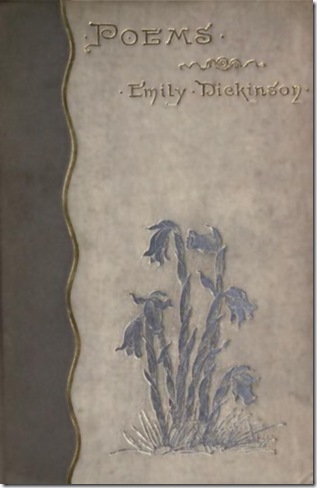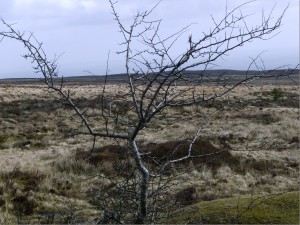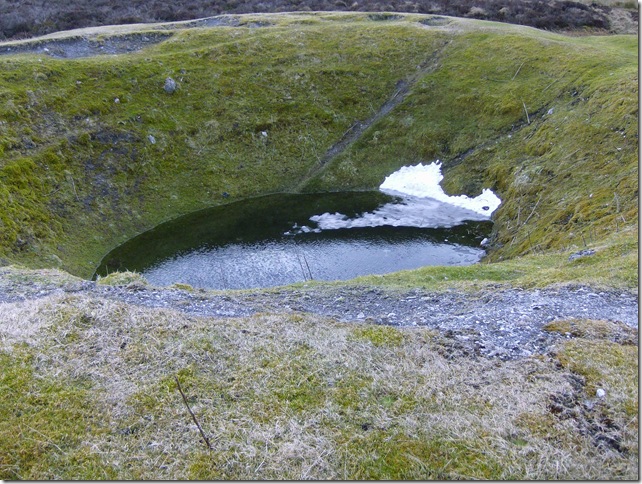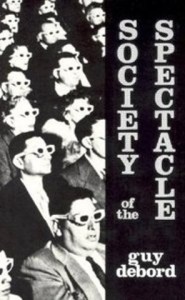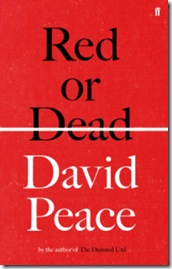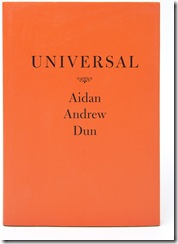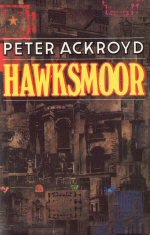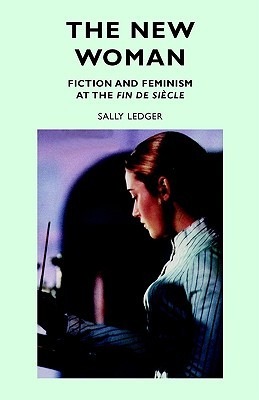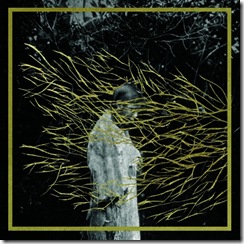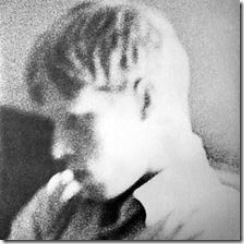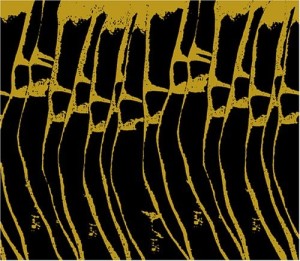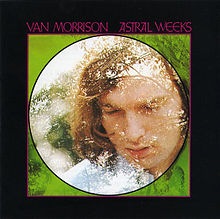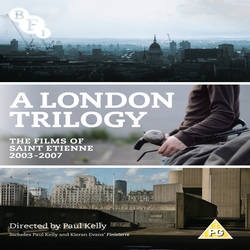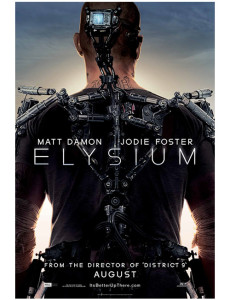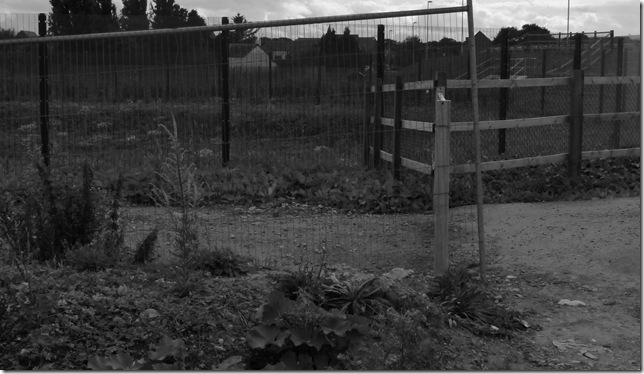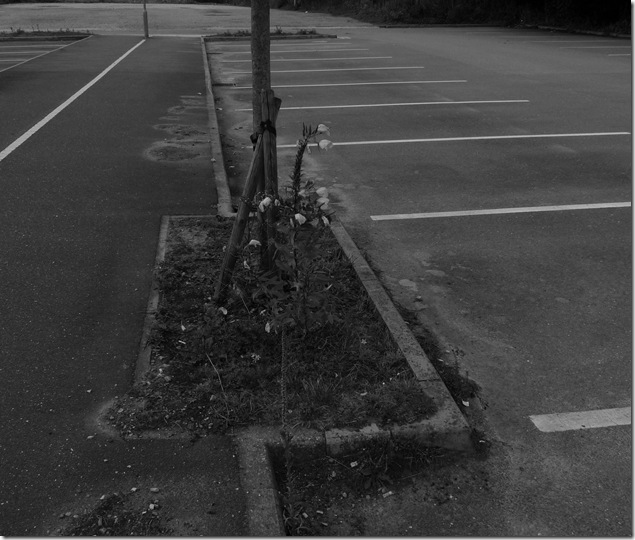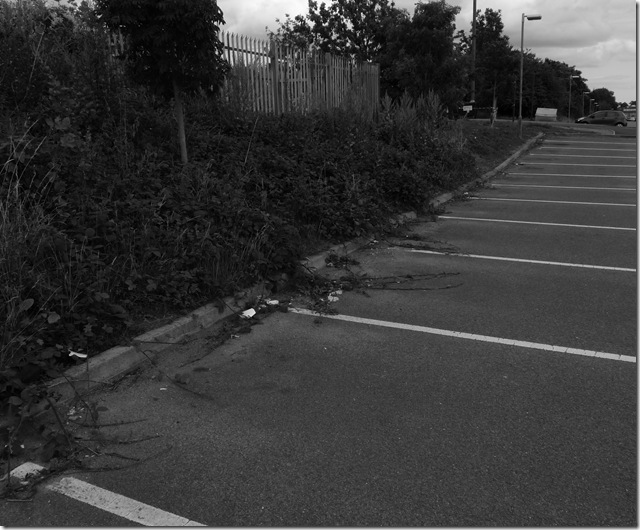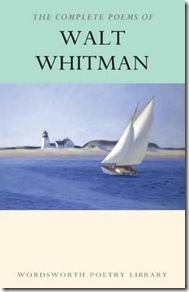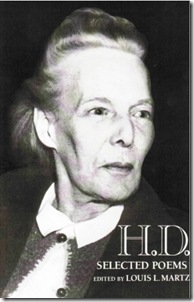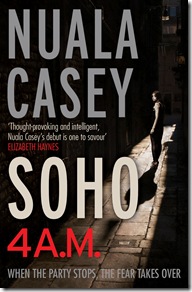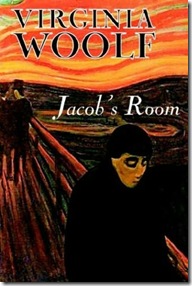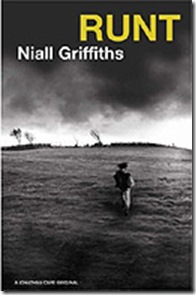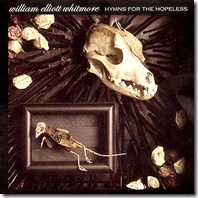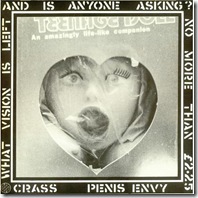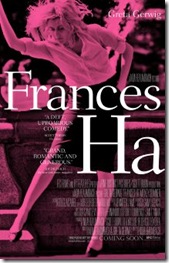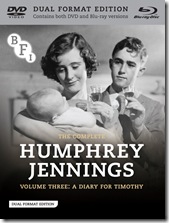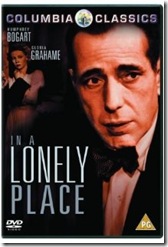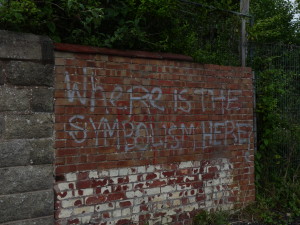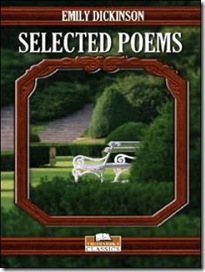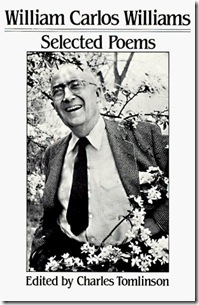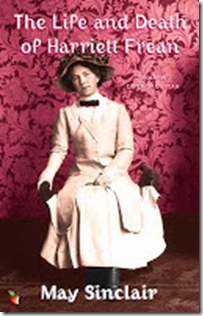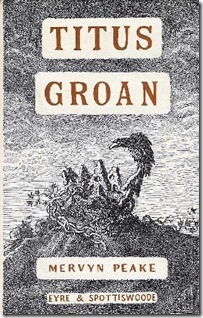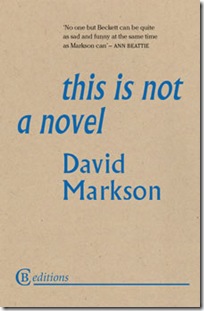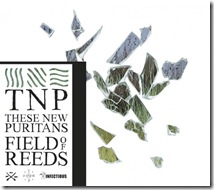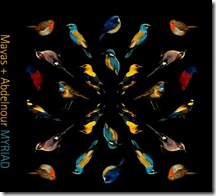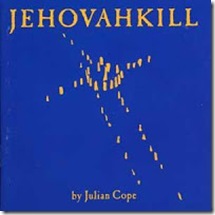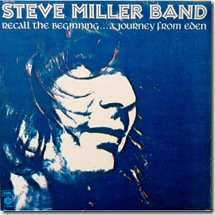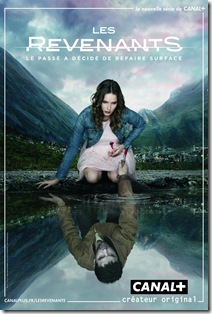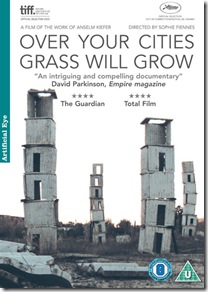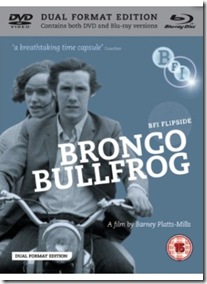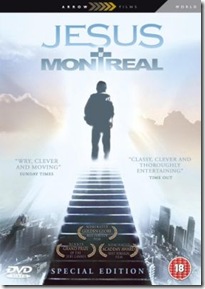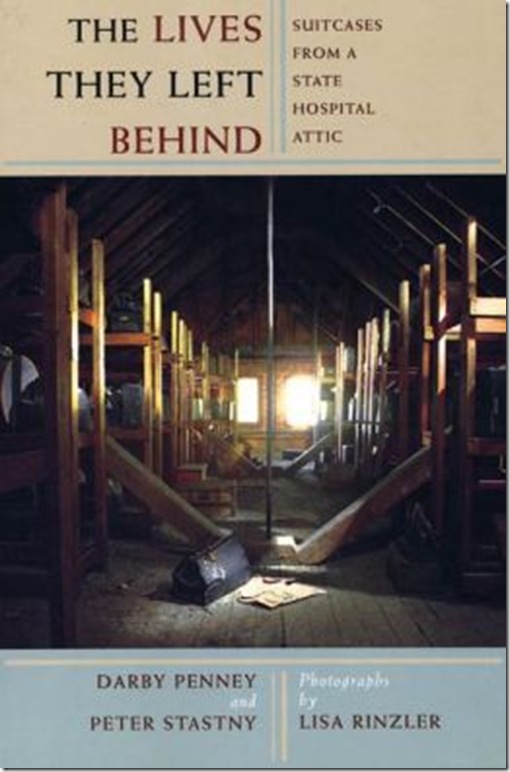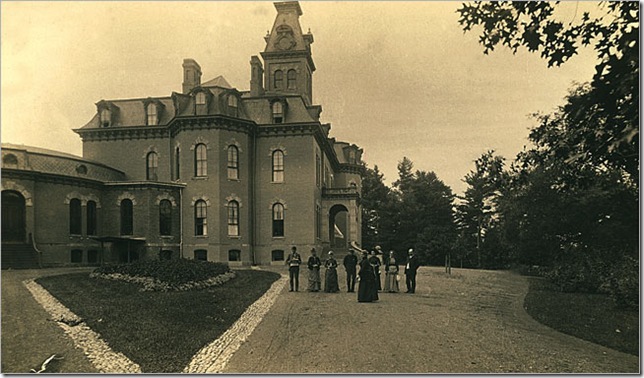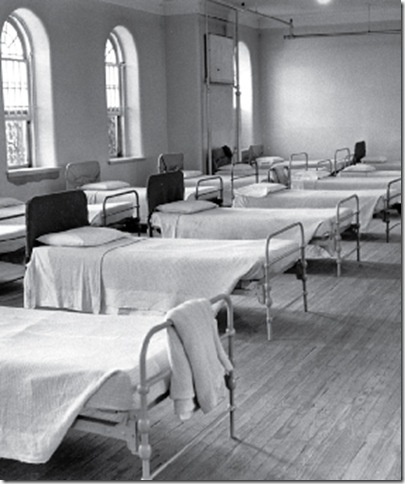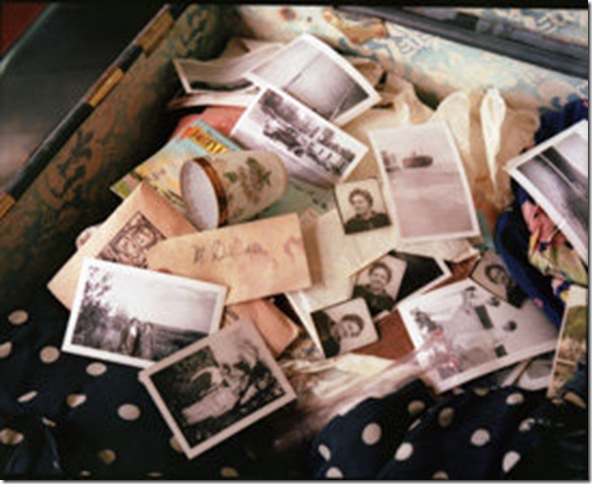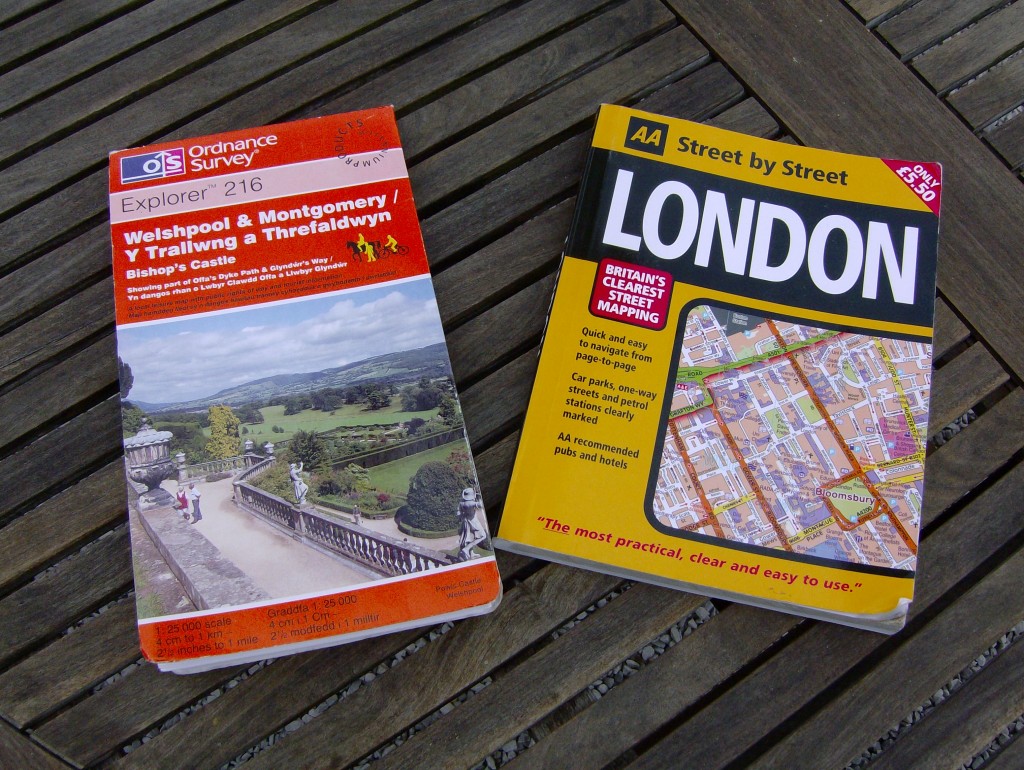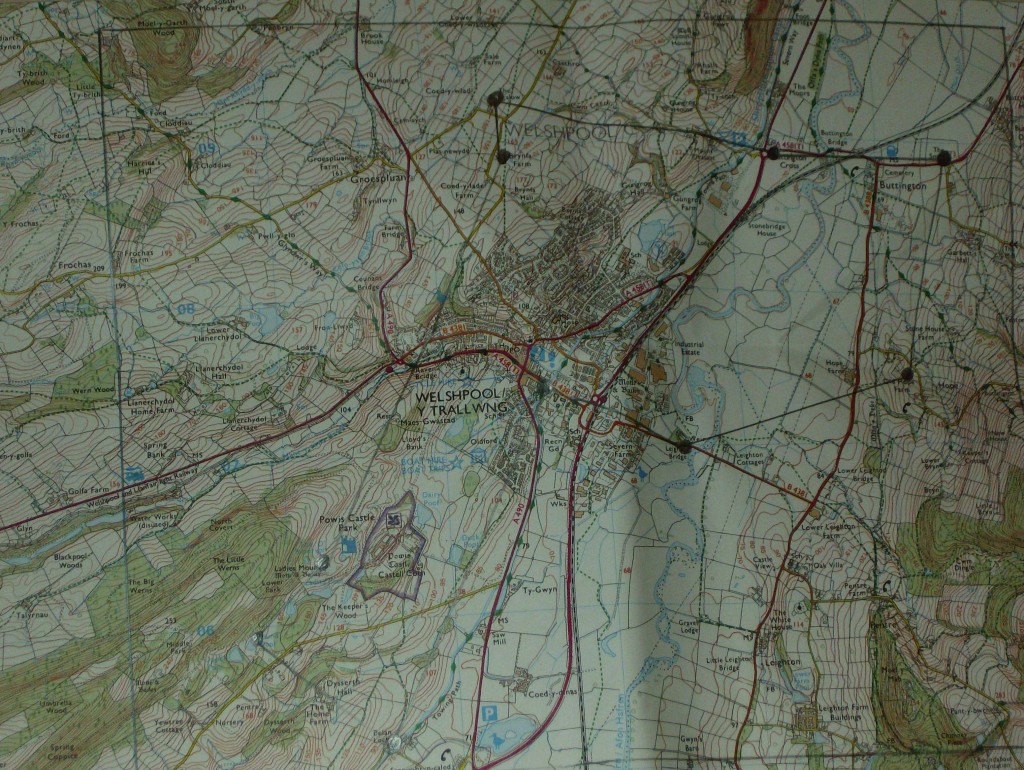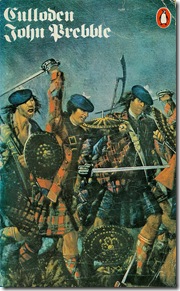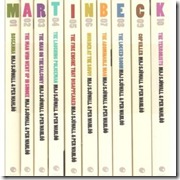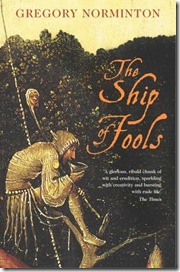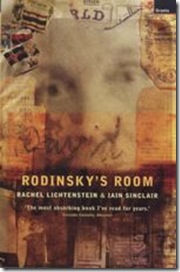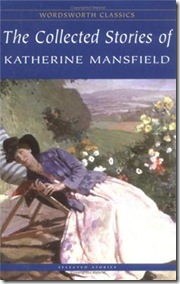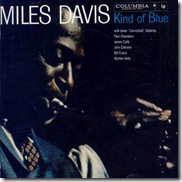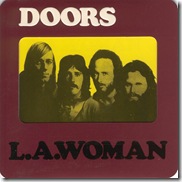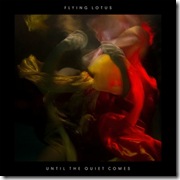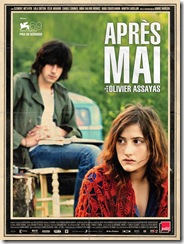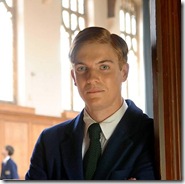Work is what transforms the raw stuff of nature into meaning, gathering it into a human project. And in few English novelists is work as central as in Hardy.
Terry Eagleton, The English Novel: An Introduction
Work is one of the major themes of Jude the Obscure. The narrative is driven by Jude Fawley’s ambition to be accepted to study at Christminster University and almost all the key encounters between the principal characters involves one or other of them being engaged in work. He meets Arabella when she is at work cleaning a pig’s offal and Sue when she is lettering a manuscript in a Christian shop. In a similar manner, work also features in the ending of relationships within Jude. Jude and Arabella’s estrangement comes to a head with their differing approaches to the slaughtering of a pig. With Sue, when the relationship is going well they work together in harmony, producing a model of a Christminster college together. But when things become more fraught, their work together becomes a mere satire, the disastrous Christminster cakes being but one example.
Jude the Obscure demonstrates that work is the primary source of its characters’ self definition, emotional integration and personal fulfilment. In this context integration refers to a sense of self that balances work, home and relationship and vocation refers to an inclination or calling that is expressed in one’s career choice. Not surprisingly, the word has its root in the language of the church. Motivation is a key driver too and is present in Jude the Obscure in its two basic forms: integrative and instrumental. Integrative motivation is characterised by the individual’s positive attitudes towards the goal and the desire to integrate it into his or her being. Instrumental motivation sees the goal as functional and a means to gain some social or economic reward.
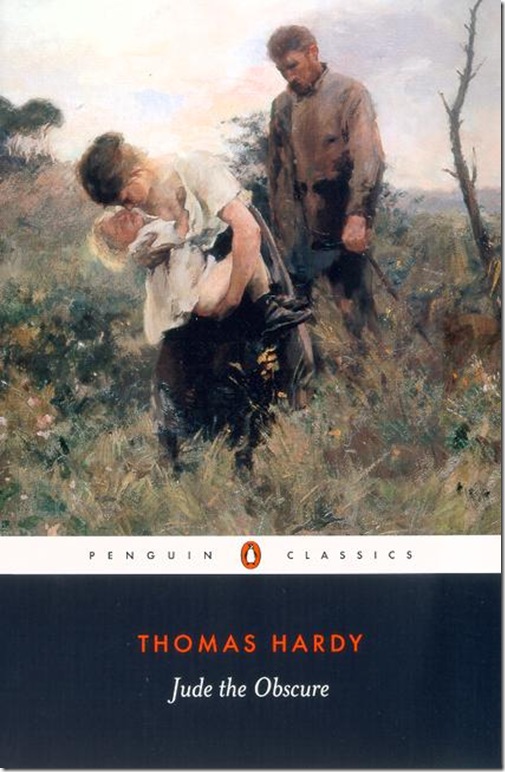
In Jude Fawley, Hardy creates a character driven by both vocational and emotional ambitions. Jude strives to be accepted into an academic career at Christminster University. When he moves to Christminster, his ambition becomes entwined with his growing desire for his cousin, Sue Bridehead. Soon after, when he is rejected by the university, he comes to replace his academic ambitions with a yearning to make a life together with Sue.
These are not mutually exclusive drives. Indeed, Raymond Williams says of Hardy that ‘work and desire are very closely connected in his imagination.’ Jude seeks consolation with Sue for his thwarted academic passion but, ultimately, he is rejected by her too.
Work and vocation
The opening pages of Jude the Obscure show work in its two aspects: work as a vocation (Phillotson leaving to study in Christminster and join the clergy) and work that is necessary to satisfy one’s immediate material needs (Jude working for the farmer scaring birds in the corn field). As the reader comes to learn, both characters’ ambitions are doomed to failure and Hardy seems to suggest that all but the most privileged are forced to restrict themselves to work which fulfils only one’s most basic physical needs.
Jude opens with Phillotson leaving Marygreen to pursue his studies in Christminster, setting in train within Jude a longing that leads to his own decision to pursue an academic life. As Phillotson explains to Jude:
My scheme, or dream, is to be a university graduate, and then to be ordained. By going to live at Christminster, or near it, I shall be at headquarters, so to speak, and if my scheme is practicable at all, I consider that being on the spot will afford me a better chance of carrying it out than I should have elsewhere.
Jude is a sensitive child. His sympathy for the birds he is meant to be scaring from the farmer’s field makes this clear. They ‘seemed like himself to be living in a world which did not want them.’ Phillotson, the father-figure he never had, inspires Jude’s ambition. His yearning to join Phillotson at Christminster is almost as intense at that expressed for a lover. He worships the very air that his hero has breathed:
He parted his lips as he faced north-east, and drew in the wind as if it were a sweet liquor. ‘You,’ he said, addressing the breeze caressingly, ‘were in Christminster city between one and two hours ago, floating along the streets, pulling round the weather-cocks, touching Mr Phillotson’s face, being breathed in by him; and now you are here, breathed by me – you, the very same.’
Jude makes Phillotson’s dream his own, rejecting village life, where one’s occupation is governed by that of one’s family, and vowing to join his former teacher in Christminster. As he grows up, Jude feels no aspiration to work on the land or take over his aunt’s bakery business. Hardy presents Jude as a young man alienated from his environment. He has no father or mother and Marygreen is portrayed as a much grimmer place than the Wessex villages described in Hardy’s earlier novels. The young Jude has a vision of what he wants to do with his life. As a child he cannot fully articulate this vision, but finds he can express it in images. He excitedly glimpses a vision of the ‘heavenly Jerusalem’ of Christminster momentarily perceived in the distance at sunset.
Studying privately whenever he is able, Jude endeavours ‘to make his presence tolerable to his crusty maiden aunt’ by assisting her in her bakery business. He has become attached to the idea of a vocation, but has only a hazy idea of how to achieve it. When he manages to obtain books, he is disappointed to find that there is no secret key to mastering ancient languages that can be learned and applied:
He concluded that a grammar of the required tongue would contain, primarily, a rule, prescription or clue of the nature of a secret cipher, which once known, would enable him, by merely applying it, to change at will all words of his speech into those of the foreign one.
Overcoming this initial setback, Jude continues with his studies, showing great fortitude as he works long into the night after days spent helping his aunt in the bakery. Jude holds firmly to his dream:
It had been the yearning of his heart to find something to anchor on, to cling to – for some place he could call admirable.
The obvious question is to ask why Christminster becomes such an obsession for Jude. Was it a love of learning for its own sake, or something more nakedly aspirational? There is certainly a strong streak of ambition in the young Jude as he walks home from work, confessing out loud to himself that he would like to ‘become even a bishop’ as he calculates the salary such a post would bring and how he would spend it. But, at root, Jude simply longs for what Merryn Williams suggests is ‘a life intellectually and morally better than the one he is meant to lead.’
When Jude finishes at the village school, he has to find some form of work. Not content with the prospect of working in his aunt’s bakery business, he becomes apprenticed to a stonemason. Jude comes to love ecclesiastical architecture: there is more than a hint at Hardy’s own background as an architect when Jude ‘under the architect’s direction became handy at restoring the dilapidated masonries of several village churches round about’. Later in the text, we learn that Sue, again like Hardy, is ‘sentimentally opposed to the horrors of over-restoration.’
As a country stonemason, Jude has all round skills in his trade, in contrast to his urban counterparts who are narrowly specialist. Jude learns has craft in a painstaking manner – mastering how to carve one letter at a time. In a similar way he works away at the classics on his own, slowly and painfully. Jude works in stone, a cold dead medium. His dream lies in Christminster, a city of ancient stones, the home of dead languages and, Hardy hints, of a dying religion. Stone symbolises death, and it is the stone itself which eventually kills Jude, clogging his lungs with its dust.
The Bible refers to how ‘The Word became flesh.’ In Jude, Jude Fawley uses stone to declare his intention and try to make the word real by carving the words ‘THITHER J.F.’ on a wayside stone and a finger pointing towards Christminster.
Despite himself, Jude enjoys his work as a stonemason in the truest sense of the word vocation. He describes his impression of the buildings of Christminster in a very sensual way:
The numberless architectural pages around him he read naturally, less as an artist-critic of their forms than as an artisan and comrade of the dead handicraftsmen whose muscles had actually executed those forms. He examined the mouldings, stroked them as one who knew their beginning, said they were difficult or easy in the working, and taken little or much time, were trying to the arm, or convenient to the tool.
Through his work as a humble stonemason in Christminster, Jude is occasionally drawn to contemplate the possibility of a happier future as a mere working man rather than as a scholar:
He saw that his future lay not with these, but among the manual toilers in the shabby purlieu which he himself occupies.
Such a life had its own fulfilments:
He began to see that the town life was a book of humanity infinitely more palpitating, varied and compendious than the gown life.
But Jude had by now acquired learning and ambition that prevented him from fitting in as an ordinary working man. His work as a stonemason, although fulfilling in some senses and in accord with his religious sympathies, was regarded by Jude as a means to an end. It was a skill which would be in demand in Christminster and work which would allow him to save the money to become a full-time student.
Work and masculinity
Sue Bridehead is Hardy’s masterly characterisation of the belle dame sans merci, the frigid woman….whereas Arabella, raised by a pig-breeder, is Sue’s antithesis – all sex and no intellect
Masao Miyoshi, The Divided Self: A Perspective on the Literature of the Victorians
As a stonemason Jude works with men and much of the novel concerns itself with his aspiration to be accepted at Christminster, an all male institution. But, apart from the relationship between Jude and Phillotson and Phillotson and Gillingham, there is little in Jude of male friendship. Sue is Jude’s ‘comrade’ and companion, as if filling the gap left by his lack of male fellowship. Together they try to create a life that is outside conventional society and seek, and for a time find, shelter with each other.
But it is Arabella who first awakens Jude’s awareness of his own sexuality – who causes him to question his suitability for the ascetic life. The reader first meets Arabella when the youthful Jude is walking home from work and is hit by a pig’s pizzle she throws. Arabella snaps Jude out of the world of ideas and abstraction and, in a very literal way, into the world of the flesh. She brings to life Jude’s sense of his own sexuality.
A common interpretation of Jude is to suggest that Hardy is proposing sexuality as an opposition to Jude’s chosen vocation; an obstacle to his studies. Indeed, Hardy does refer to Jude being distracted from his academic ambitions by Arabella:
better to love a woman than to be a graduate, or a parson; ay, or a pope!
An alternative interpretation is that Arabella is unwittingly opening up the possibility for Jude to be able to achieve a more integrated life where both his sexual and intellectual needs can be met. But Jude does not, at this point in his life, have the conceptual framework to begin to address this challenge. Even without Arabella, it is unlikely that, as a working man in a class-ridden society, Jude would have achieved his ambition. Similarly, Arabella is by no means the decisive factor in the failure of Jude’s relationship with Sue. It is unlikely that Jude and Sue’s relationship could have prospered, even without the irritant of Arabella at the margins.
Jude is trapped into a marriage with Arabella which he soon comes to regret. But he in turn fails to meet Arabella’s expectations of what a good husband should be like:
Arabella, however, felt that all these make-shifts were temporary; she had gained a husband, that was the thing – a husband with a lot of earning power in him for buying her frocks and hats when he should begin to get frightened a bit, and stick to his trade, and throw aside those stupid books for practical undertakings.
Arabella is represented as being particularly jealous of Jude’s attention to his books. In the final confrontation of their first marriage, she mishandles them, her hands stained with pig fat, and flings them around the room. She finds his books threatening; seeing them, according to Marjorie Garson, as ‘embodied male voices’
Jude and Arabella’s marriage was based on sexual attraction. They very soon found that they did not share the same aspirations and, Hardy seems to suggest, their life together was therefore without purpose and direction. She had no sympathy for Jude’s vocational ambitions. Sue and Phillotson’s first marriage, on the other hand, was based on work; their union benefited the teaching ambitions of both. In both cases, however, no consideration appears to be given to the other things that go to make up a marriage.
Work and an integrated life
Hardy seems to endorse Jude’s impulses by showing them as instinctively directed towards wholeness, while at the same time presenting that wholeness as an impossible dream.
Marjorie Garson, Hardy’s Fables of Integrity: Woman, Body, Text
All through his youth Jude holds a yearning to establish an academic career at Christminster. The city becomes linked in his mind with vocation, home and love. His romantic attachment to the city came before even his love for Sue:
He was getting so romantically attached to Christminster that like a young lover alluding to his mistress, he felt bashful at mentioning its name again.
Paradoxically, when he actually reaches Christminster, the city does not help Jude to become more integrated, but makes him more alienated. Because the Christminster he seeks is imaginary, no one else can share it:
Knowing not a human being here, Jude began to be impressed with the isolation of his own personality, as with a self-spectre, the sensation being that of one who walked but could not make himself seen or heard.
Jude travels to Christminster and seeks work in his trade. He is surprised to find, in the first stonemason’s yard he visits, that ‘only copying, patching and imitating went on here; which he fancied to be owing to some temporary and local cause’.
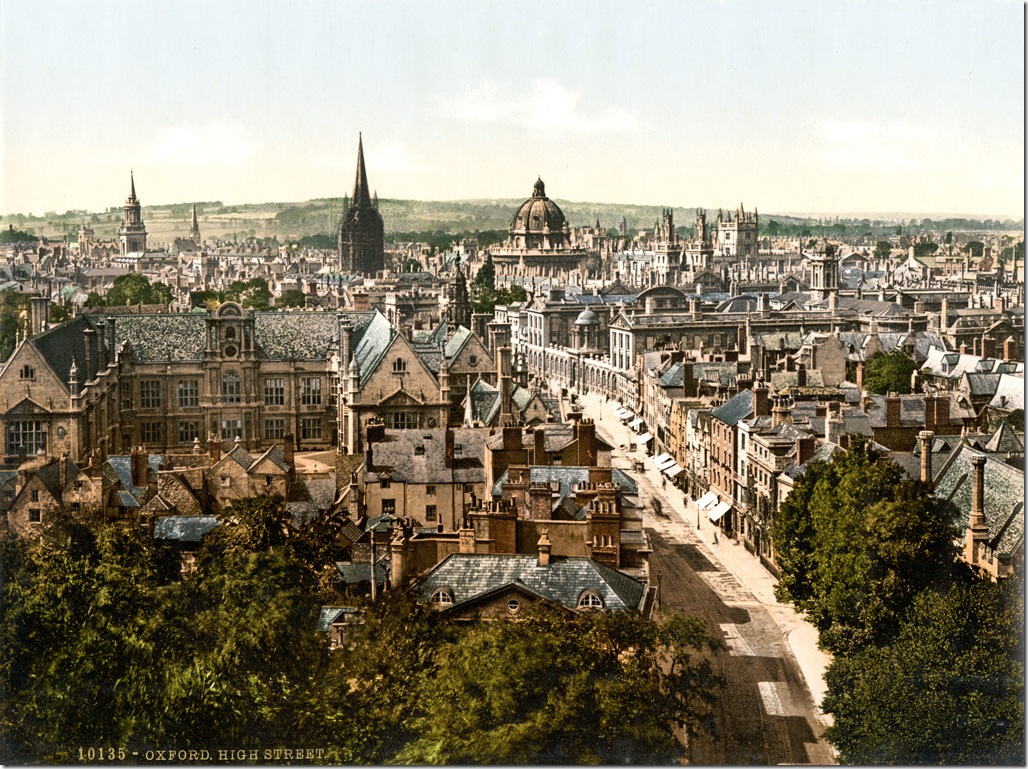
Jude is a country stonemason, largely untouched by the specialist divisions of labour found in the towns. But Hardy, as narrator, suggests a more fundamental cause; commenting that Jude ‘did not at that time see that medievalism was as dead as a fern-leaf in a lump of coal’. The implication is clear; Christminster, and Victorian society in general, is unable and unwilling to address the new ideas and new ways of looking at the world that were emerging at this time. Peter Keating points to this key passage as one that brings together the ‘two dominant, inter-related Victorian concerns’ of medievalism and evolution. The one expresses a longing for a spiritually certain past and the other encompasses fears of an atheistic future.
In Christminster, Jude labours as a stonemason by day and continues his studies by night. He divides his rented room with a curtain: one area in which to eat and sleep and the other for studying. This act seems to symbolise his divided, alienated self. The central contradiction of Jude the Obscure, however, is that Jude can only achieve his ambition by becoming part of the very institution that rejects him and his type.
Terry Eagleton refers to Christminster as ‘a repressive rubble of crumbling masonry and dead creeds.’ Hardy contrasts the bustling life of the Christminster artisans with the spectral life of the academics of the same city. The academics ‘see ghosts’ by studying dead languages and look straight through the working men, like Jude, that they pass in the street. The city of Jude’s dreams turns out to be corrupt, bigoted and out-dated.
Despite his work being more about patching up the old rather than creating anything new, Jude feels a brotherly connection with the craftsmen of the past when he is working on the stone of Christminster’s colleges. He comes to discern more creative vitality amongst his fellow workmen of the town than amongst the dons within the college walls:
For a moment there fell on Jude a true illumination; that here in the stone yard was a centre of effort as worthy as that dignified by the name of scholarly study within the noblest of the colleges.
Sue Bridehead sees through the petrified medievalism of Christminster long before Jude does, although she seemingly exchanges one set of idols for another; statues of Greek gods for pictures of Christian saints.
Jude’s first sight of Sue is when he sees a picture of her at his aunt’s:
a pretty girlish face, in a broad hat with radiating folds under the rim like the rays of a halo.
From that moment Sue, the imagined and idealised Sue, complete with halo, becomes inextricably linked with the idea of Christminster in Jude’s mind. Sue is living in the city of Jude’s dreams and, to him, she embodies many of the qualities he feels it holds. Ultimately, both are denied to him.
Jude had been told by his aunt that Sue was a religious person. The first time he encounters her she is engaged in the ‘sweet saintly business’ of lettering a zinc manuscript in a Christian bookshop. She etches the word ALLELUJA in Gothic script and the reader, perhaps, is nudged into recalling Jude’s THITHER, carved into stone. Jude is drawn into assumptions about Sue’s piety. In his mind she has managed to become fully integrated in her work and her beliefs:
The girl for whom he was beginning to nourish an extraordinary tenderness, was at this time ensphered by the same harmonies as those which floated into his ears.
He idealises Sue and immediately believes that her ideas are the same as his:
So would she be to him a kindly star, an elevating power, a companion in Anglican worship, a tender friend.
But as Jude is not integrated in himself, he has trouble reconciling his growing sexual feelings for Sue with his imagined spiritual comradeship with her. As Ruth Danon puts it:
He invents her as a kindred spirit, an intellectual comrade, a second self; but once he encounters her in the flesh, the attraction becomes sexual. And because Jude is a conventionally split Victorian, he believes the erotic attachment to be antithetical to the vocational.
Jude places a picture of Sue on the mantelpiece in his lodgings, suggesting his yearning to share a hearth and a home with her and perhaps confirming Ruth Danon’s view that the ‘Victorian compensation for alienating work was a happy domestic life’ But Sue seems out of reach. Jude introduces her to Phillotson and suffers the further anguish of seeing his former role-model beginning to woo her.
In desperation to salvage his academic ambitions, Jude writes to the masters of several Christminster colleges. Only one replies, and his letter of rejection is addressed to ‘Mr J Fawley, Stonemason’ reminding Jude that he is a trade, not a person.
Following his rejection at Christminster, Jude is divided within himself. He is a working man, but separated from his work mates by education and ambition. He longs to find solace with Sue, or the Sue that he imagines her to be. When Sue moves away to a teacher training college in Melchester, Jude turns to a new ambition, the clergy: ‘It was a new idea – the ecclesiastical and altruistic life as distinct from the intellectual and emulative one.’ But the real reason is not a burning ambition to be a curate, but his desire for Sue. He pursues her to Melchester and, amid his growing but hopeless desire for her, comes to see that the clergy is not the profession for him:
he perceived with despondency that, taken all round, he was a man of too many passions to make a good clergyman.
Soon after the body blow of Sue’s marriage to Phillotson, happiness seems once more to be within Jude’s grasp when Sue leaves her husband to be with him. For a time in Aldbrickham, Jude and Sue are genuinely happy together. Sue helps Jude with his freelance stone carving and lettering and they both share the work of looking after Little Father Time, the child of Jude and Arabella. As Ruth Danon puts it, ‘in each case shared work brings the couple closer, makes them happy.’ They exhibit a model of a Christminster college they have made together at the Wessex Agricultural Fair; a creation symbolic of this stage in their relationship where work, home and love are fully integrated.
However, Jude and Sue’s period of happiness together is all too brief. The presence of Little Father Time and the couple’s unwillingness to deny that they are unmarried draws attention to them amongst the people of their street and, soon after, the wider community. Orders for work drop off, Jude and Sue are shunned in the street and the child is taunted at school. Things come to a head when Jude and Sue, in a scene redolent of the biblical Fall, are expelled from a church where they have been working together.
Jude and Sue’s own particular paradise, where they worked together in simple harmony, is lost. They are forced to leave their home and their livelihood. Jude reverts to more conventional ideas of work and a woman’s place:
Don’t hurry about getting employment …… I don’t want you to do that. I wish you wouldn’t Sue. The boy and yourself are enough for you to attend to.
Indeed, the very idea of work becomes repugnant to him, though it is still a material necessity: ‘one can work and despise what one does.’
They return to Christminster. Whereas when Jude first arrived there it was in hope, on this occasion it is in desperation; a desperation which quickly leads to humiliation and tragedy. They arrive in Christminster on Remembrance Day and, at Jude’s insistence, they stop to watch the ceremony. Jude delivers an impromptu sermon to those in the crowd who will listen. He affirms once more the vocational ideal to which he had dedicated his life and expresses self-loathing for his failure to achieve it:
But I don’t admit that my failure proved my view to be a wrong one, or that my success would have made it a right one.
A Working Landscape
Jude the Obscure charts Jude’s efforts to overcome society’s prejudice in order to embark on an academic career. In many ways his ambition is not so much doomed as premature; shortly after the novel was published, for instance, the trade union college, Ruskin, was founded to open up academic opportunities for working men.
The father of modern economics, Adam Smith, referred to a ‘money instrumental’ attitude towards work. He could not conceive of workers being interested in their work for anything other than money. William Morris expresses a more organic view of work in News from Nowhere and argues that work can and should be integrated into all other aspects of life for both the individual and the community, thus becoming: ‘work which is pleasure and pleasure which is work.’ In what we learn of Jude’s yearning to satisfy both his vocational and emotional needs, Hardy seems to endorse Morris’s view.
The other great yearning that drives Jude throughout his adult life is his desire to be loved by Sue and to spend his life with her. Although he arrives in Christminster with fairly conventional Victorian views on love and marriage, he comes to realise that, to be accepted by Sue, he has to accept her views on marriage. Jude and Sue’s efforts to live a quietly happy life together, without the approval of church and state, were seemingly as doomed to failure as Jude’s ambition to enrol at Christminster:
Our ideas were fifty years too soon to be any good to us. And so the resistance they met with brought reaction in her, and recklessness and ruin on me!
In their brief period of contentment at Aldbrickham, Jude and Sue work cheerily together ‘like two children’, but when the pressures of a disapproving society crowd in on them, the simple pleasure of shared work is transformed into something bleak and alienating. Their children are killed, Sue returns to her loveless marriage and Jude dies alone in a Christminster garret.
But he does not die without having come to gain some understanding of the meaning of his tragedy. His Remembrance Day speech is a reaffirmation of his vocational ideals in a world that cares only about instrumental outcomes. He shows an understanding that his ordeal is not just a private one. He acknowledges his personal failings, but shows that he has grasped that his experiences should be viewed in a wider social context, thus placing the possibility for change in the hands of human beings, rather than fate:
I perceive that there is something wrong somewhere in our social formulas: what it is can only be discovered by men and women with greater insight than mine – if indeed, they can ever discover it – at least in our time.
Notes
All quotes are from Hardy’s Jude the Obscure, unless otherwise ascribed
Book cover image – Penguin Books
Oxford High Street 1890s image – Creative Commons
Bibliography
Thomas Hardy, Jude the Obscure (London, Penguin Classics, 1978)
Ruth Danon, Work in the English Novel: The Myth of Vocation (Totowa, New Jersey, Barnes & Noble Books, 1986)
Terry Eagleton, The English Novel: An Introduction (Oxford, Blackwell Publishing, 2005)
Terry Eagleton, Introduction to Thomas Hardy, Jude the Obscure (London, MacMillan, 1974)
Marjorie Garson, Hardy’s Fables of Integrity: Woman, Body, Text (Oxford, Clarendon Press, 1991)
Peter Keating, The Haunted Study (London, Faber & Faber, 1989)
J.A. Mangan and James Walvin (Eds.), Manliness and Morality: Middle-class Masculinity in Britain and America, 1800-1940 (Manchester, Manchester University Press, 1987)
David Meakin, Man and Work: Literature and Culture in Industrial Society (London, Methuen, 1976)
Masao Miyoshi, The Divided Self: A Perspective on the Literature of the Victorians (New York, New York University Press, 1969)
Merryn Williams, A Preface to Hardy (London, Longman, 1993)
Raymond Williams, The Country and the City (Oxford, Oxford University Press, 1973)
Raymond Williams, Culture and Society, 1780 – 1950 (London, Chatto & Windus, 1958)
Like this:
Like Loading...

